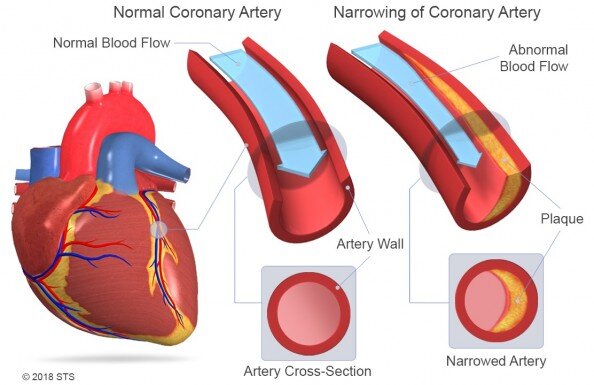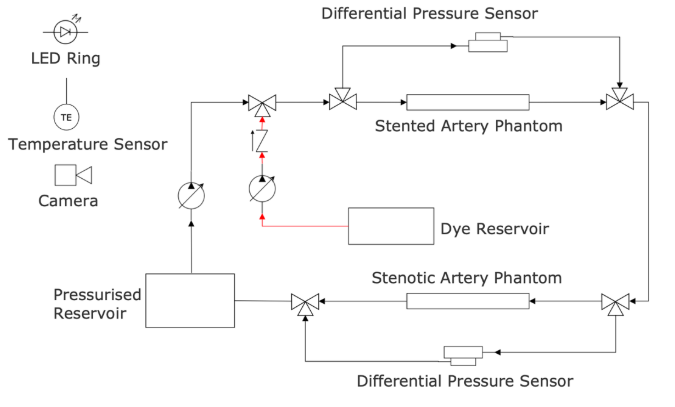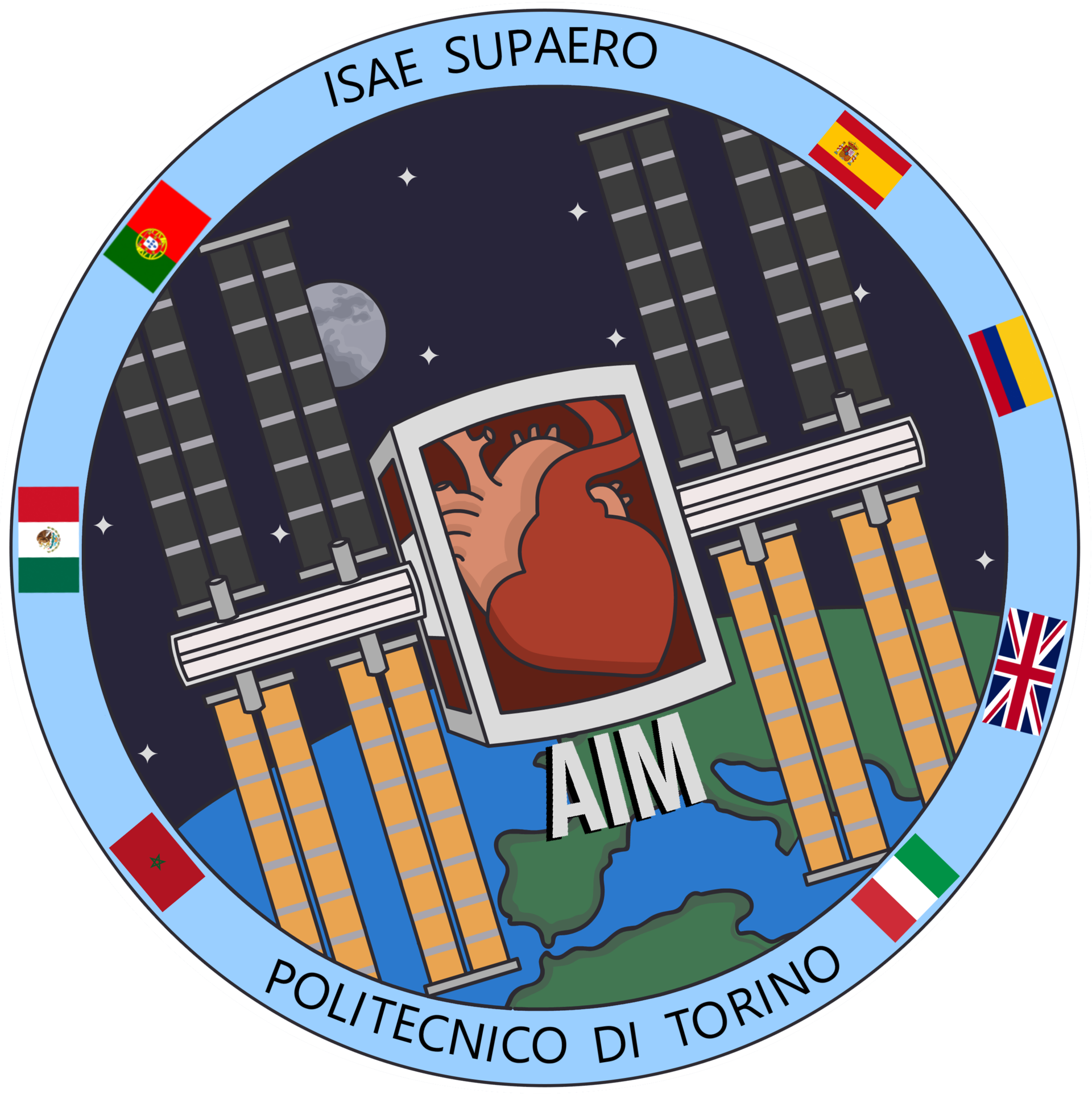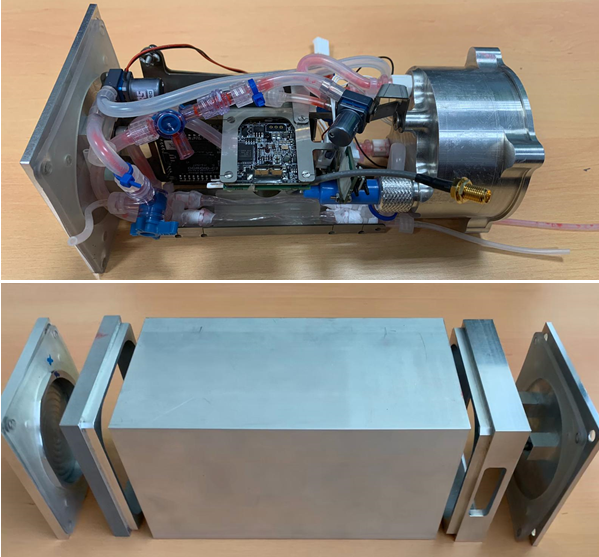Meet the team: AIM
The Artery In Microgravity (AIM) project is the first experiment to be selected for the “Orbit Your Thesis!" programme of the ESA Academy. It is a 2U experiment cube designed for the ICE Cubes Facility installed on board the International Space Station.
The experiment is a test-bench for investigating the hemodynamics in microgravity focusing on Coronary heart disease, the most common form of cardiovascular disease and the cause of approximately 9 million deaths every year.
The team
The team is composed of master and PhD level students from the universities of ISAE-SUPAERO and Politecnico di Torino.
| Universities |
ISAE-SUPAERO (France) Politecnico di Torino (Italy) |
| Endorsing professors |
Prof. Umberto Morbiducci Matthieu Compin |
| Team |
Abin Alex, Elena Torta, Luigi Avallone, Laura Passoni, Stefano Gabetti, Seung Ah Lee, Raffaele Felice, Riccardo Mucci Former students: Amina Bakkali, Blanca Dalfó, Luis Arcos, Nicolo Bernardini, Olivia Drayson, Luca Cerquetani, Alessandro Cipoletta, Federico Falcone, Michele Genoni, Federica Vagnone |
The scientific context

Coronary Heart Disease is caused by stenosis of the coronary artery due to the build-up of plaque. While development of atherosclerosis is not fully understood, the primary event seems to be the subtle and repeated injury to arterial walls.

This occurs through various mechanisms including physical stresses from disturbed flow, and inflammatory stresses caused by the immune system. In view of the very long-duration missions to come, such diseases may also affect healthy astronauts in space. The blood flow will be affected by the absence of gravity, especially around any obstacle in the coronary artery flow such as plaque or a stent.
Therefore, by studying the vascular hemodynamics in a healthy and unhealthy coronary artery on Earth and in microgravity we will learn about the effect gravity plays on coronary artery hemodynamics, the effects on the performance of implantable devices and about the risks of myocardial infarction to astronauts on long-distance space flight.
The experiment

The experimental setup consists of a closed hydraulic loop containing two models of a coronary artery in series. An electric pump and reservoir will control the flow of a blood-mimicking fluid through the system. One model of the coronary artery will contain a coronary stent. The pressure of the fluid will be studied along its path using a series of pressure sensors, and a camera will visualize the flow.



